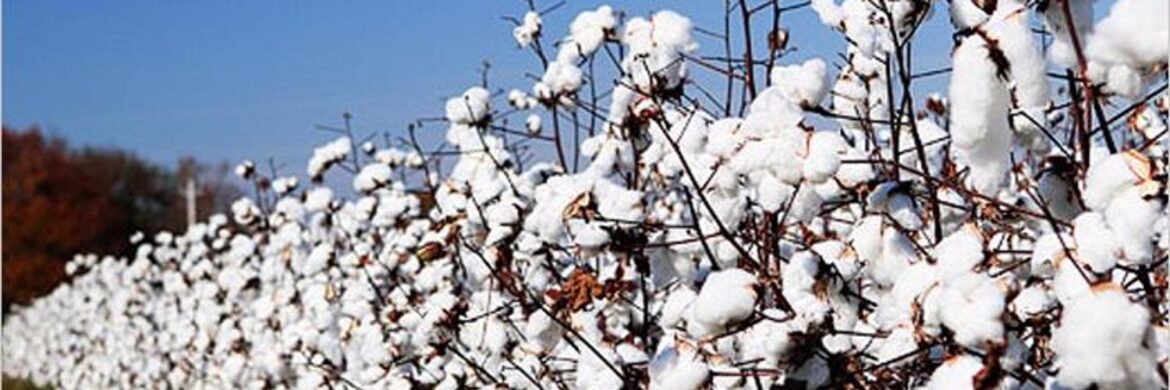India’s surprise move to suspend import duties on cotton for 40 days threatens to depress domestic prices and undercut farmers, while creating a lucrative opening for U.S. shippers squeezed out of China.
A Finance Ministry notification late on August 18 scrapped the 11 per cent levy—5 per cent customs duty plus 5 per cent agriculture cess—on raw cotton imports from August 19 to September 30. The waiver, pitched as a relief to mills battling high input costs, is timed just weeks before the new harvest, amplifying the risk of a domestic price slide.
Imported cotton is expected to land at ₹50,000–51,000 per candy ($6,000–6,120), nearly ₹5,000 ($600) below current domestic prices of ₹56,000–57,000 per candy ($6,720–6,840). The Cotton Corporation of India (CCI), which is offloading inventory at the higher rate, faces potential losses of ₹700 crore ($84 million). Its upcoming procurement, at an estimated cost of ₹61,000 per candy ($7,320), will only deepen the mismatch.
The timing is particularly harsh for farmers, who will bring fresh crop to market in September. “By lowering the floor just before harvest, the government has clipped growers’ ability to secure remunerative prices,” said a Mumbai-based commodity analyst.
Private traders with unsold stocks could see losses of about ₹100 crore ($12 million), while the exchequer will forgo roughly ₹170 crore ($20 million) in duty revenues.
Opening for U.S. Cotton
The duty-free window is narrow—just 40 days—but strategically significant. Australia, which already enjoys duty-free quotas under its trade pact with India, is unlikely to gain. Instead, the United States, India’s second-largest supplier, stands to benefit most.
American shipments worth $234 million in FY25 had already doubled year-on-year, and with China slapping punitive duties on U.S. cotton, India has emerged as a critical alternative market. Around 600,000 bales (100,000 tons) of cotton already in transit or pre-cleared warehouses could now flow into India at zero duty.
Analysts see the decision as more than a stopgap for mills. “This is as much a trade gesture to Washington as it is a supply measure at home,” said Ajay Srivastava of the Global Trade Research Initiative.
Winners and Losers
The biggest winners are textile mills and garment exporters, who have lobbied hard for parity with international prices to stay competitive against Bangladesh and Vietnam. Mills argue that cheaper cotton is essential to sustain exports at a time when the U.S.—India’s top apparel market—is raising tariffs on finished goods.
The losers are clear too: farmers already hit by declining output, down from 33.7 million bales in 2022-23 to an estimated 30.7 million in FY25. Lower realizations during the marketing season could trigger fresh demands for higher procurement by CCI, piling fiscal pressure on the government.
Longer Shadow
Although the waiver is time-bound, its impact may linger. Once prices reset lower, the effect could spill into the next season, forcing state agencies to mop up more cotton at elevated support prices while struggling to dispose of stocks. Calls from industry bodies to extend the waiver beyond September risk deepening the distortion.
By privileging mills and signaling flexibility to the U.S., New Delhi has effectively shifted the burden onto its growers. The gamble is whether temporary goodwill with Washington and short-term relief for exporters outweighs the risk of long-lasting damage to farm incomes.






